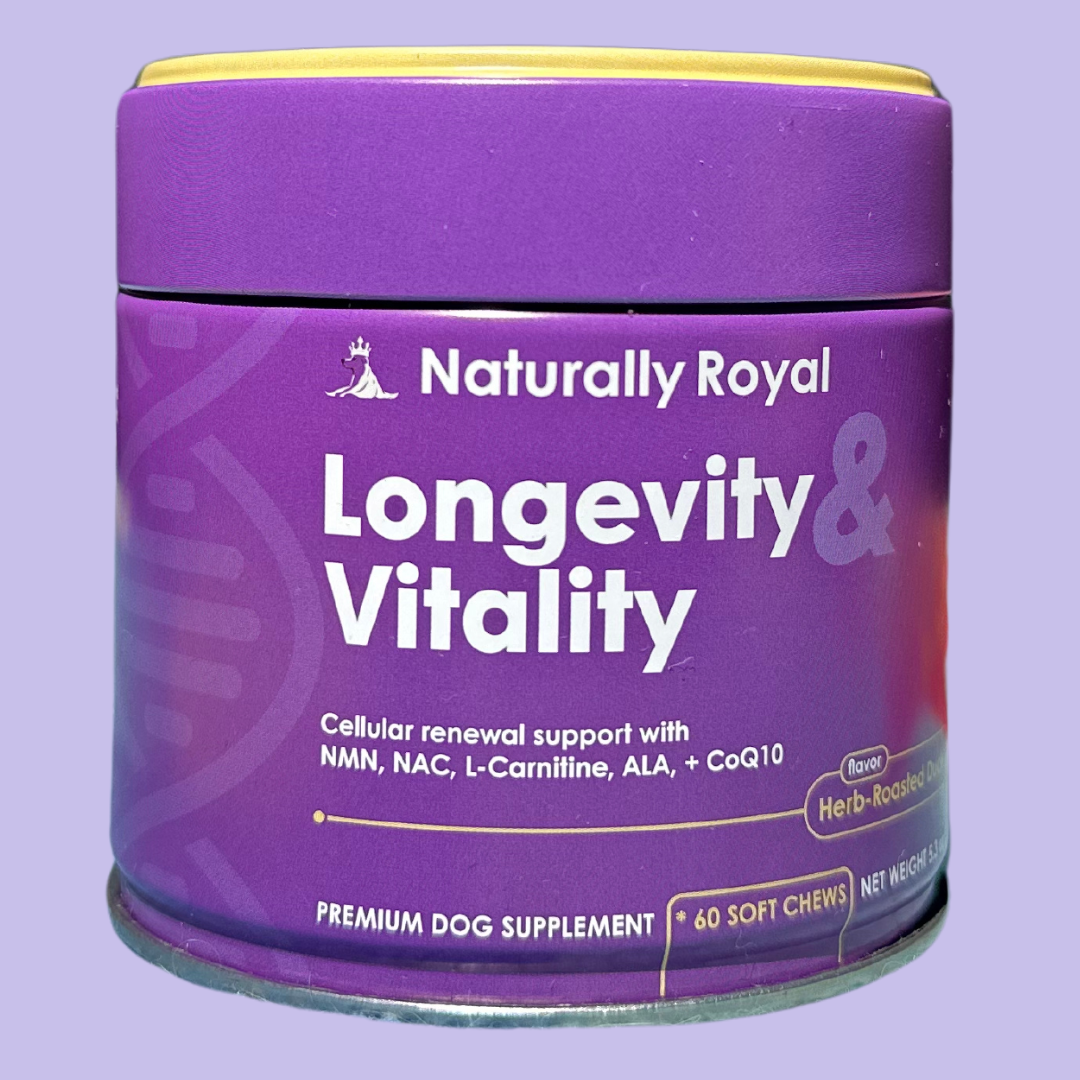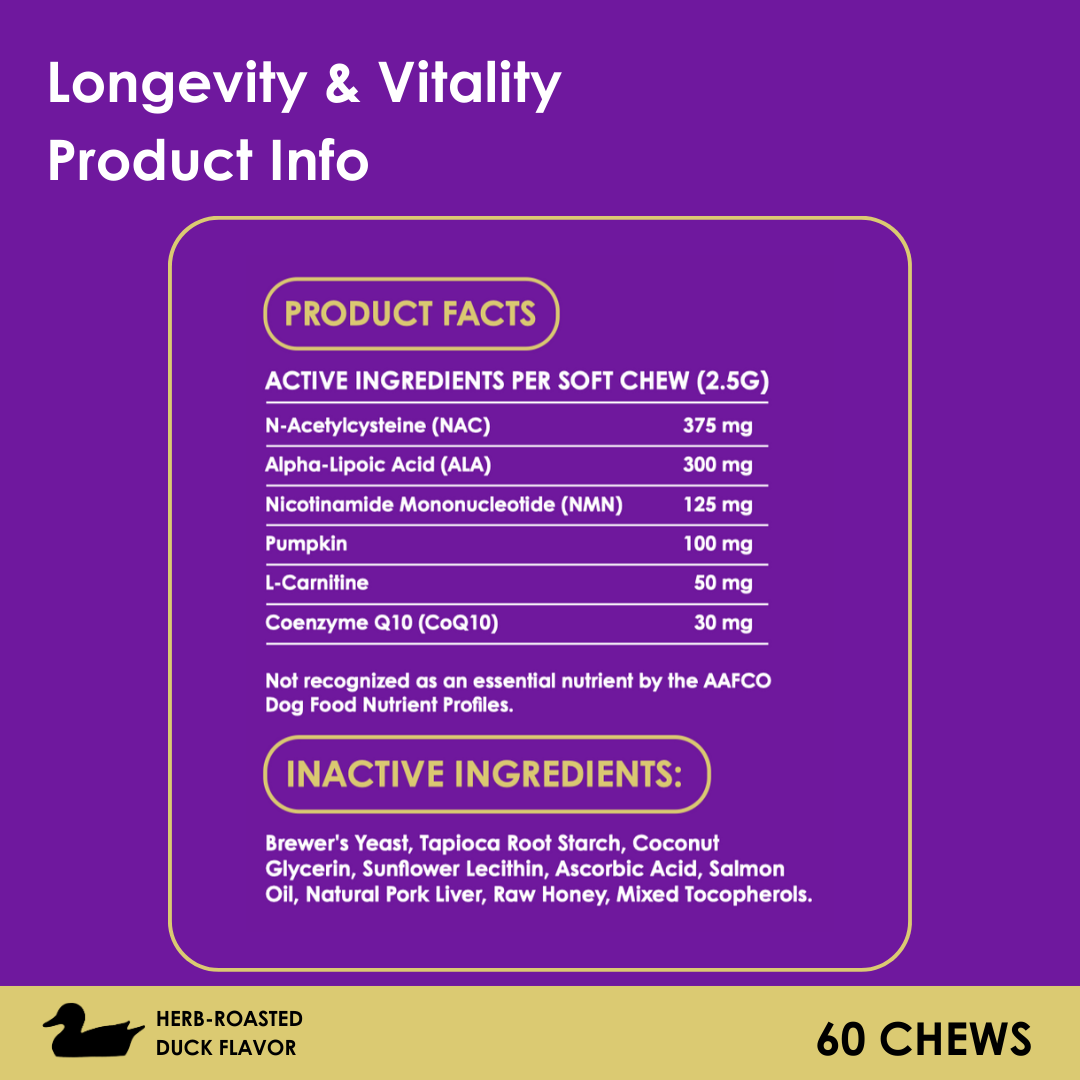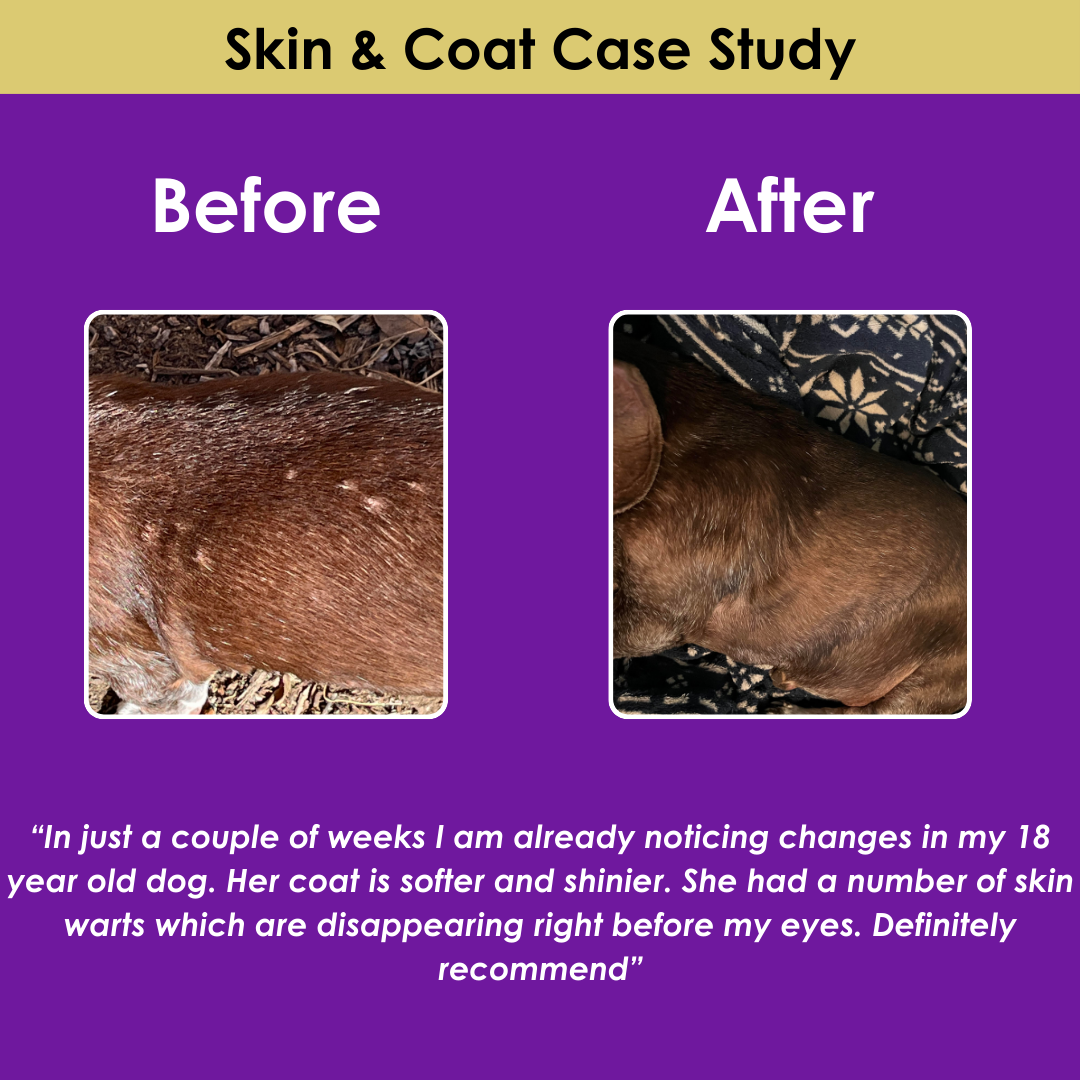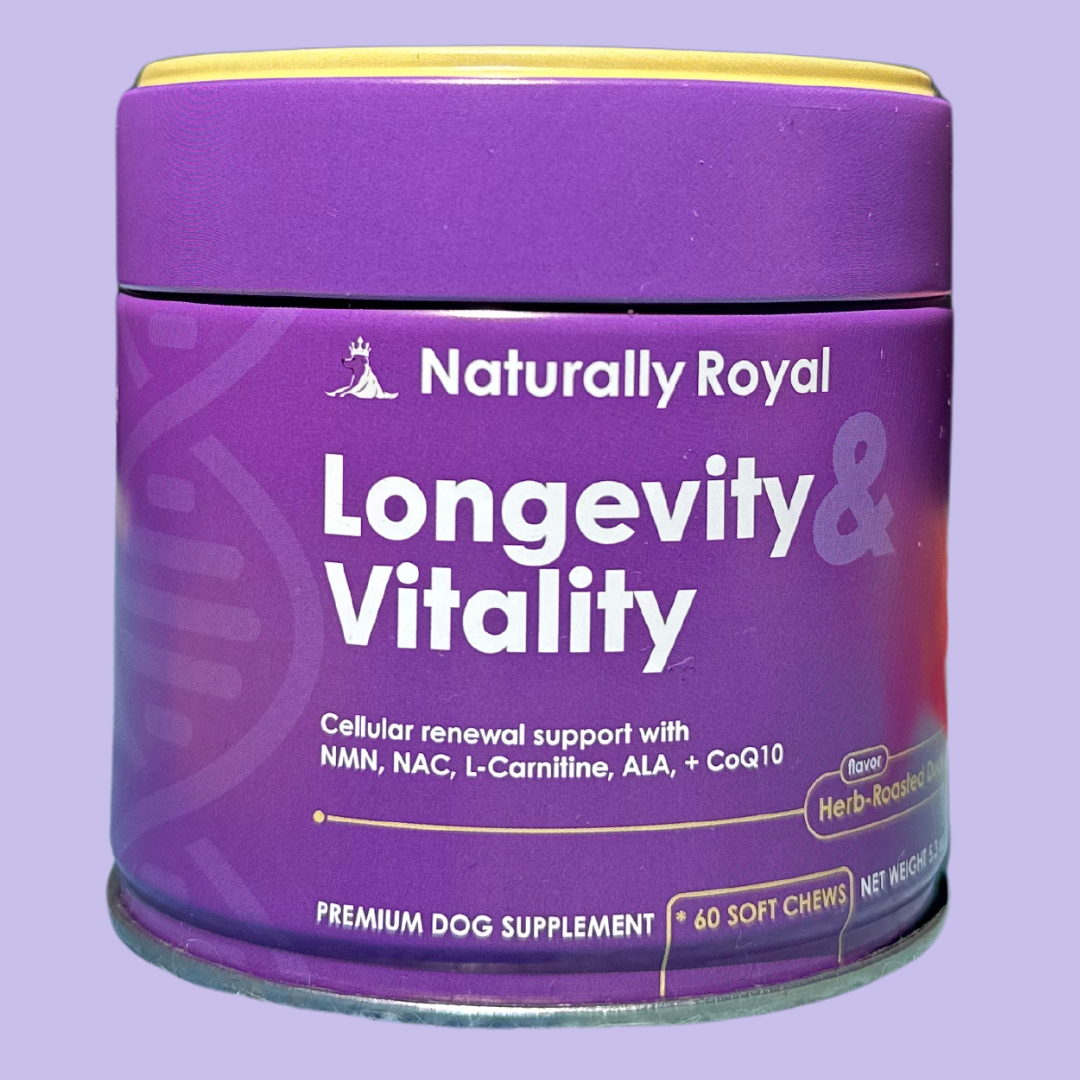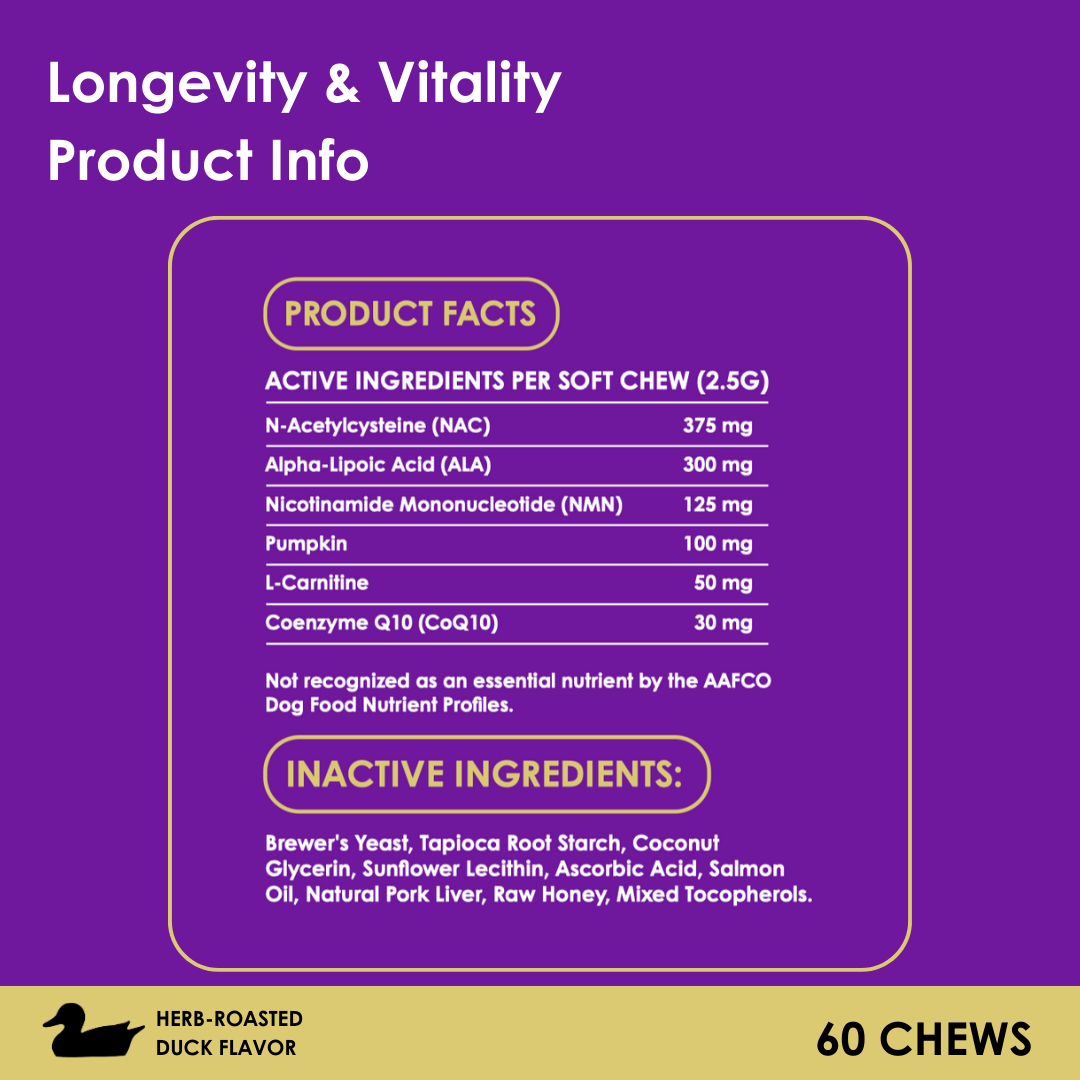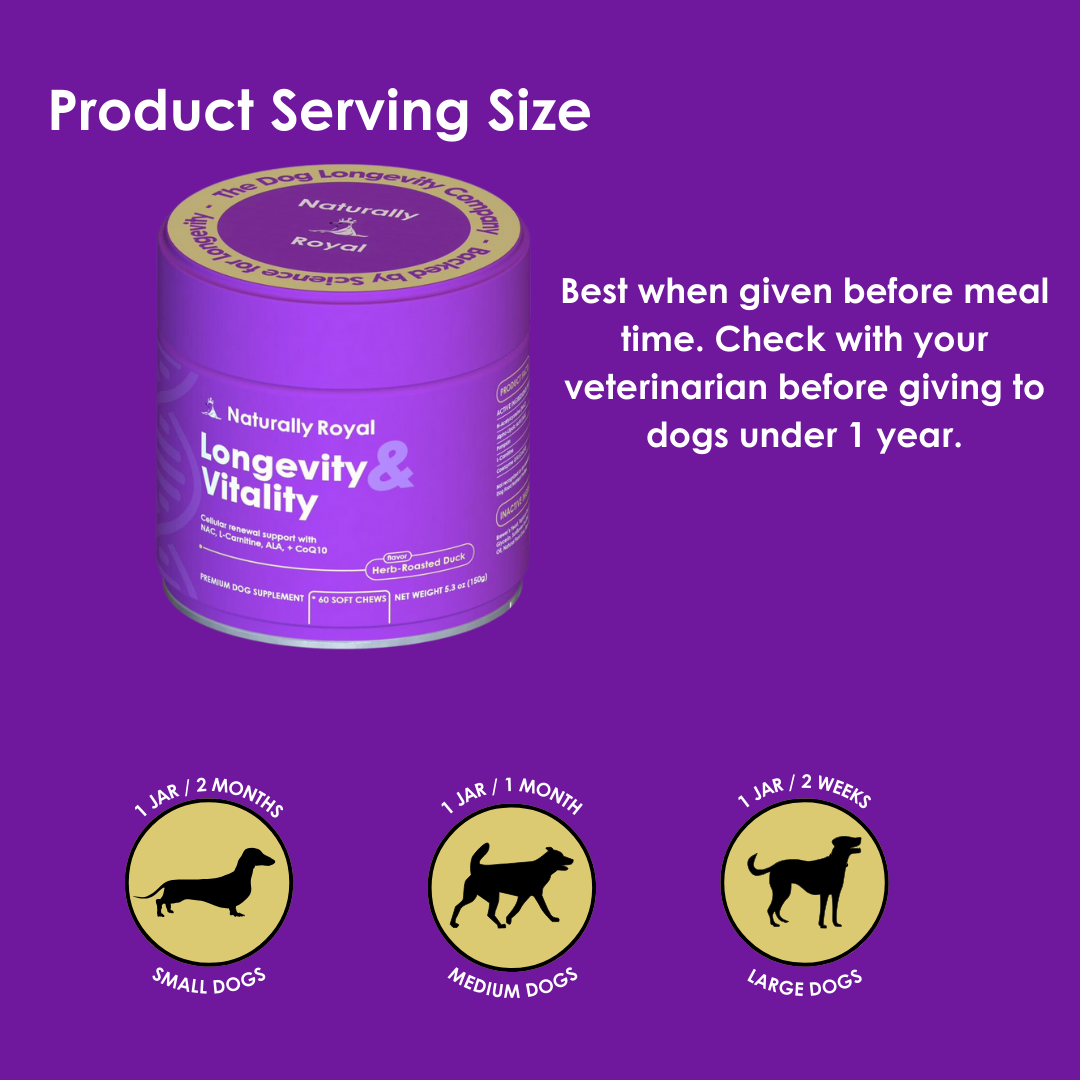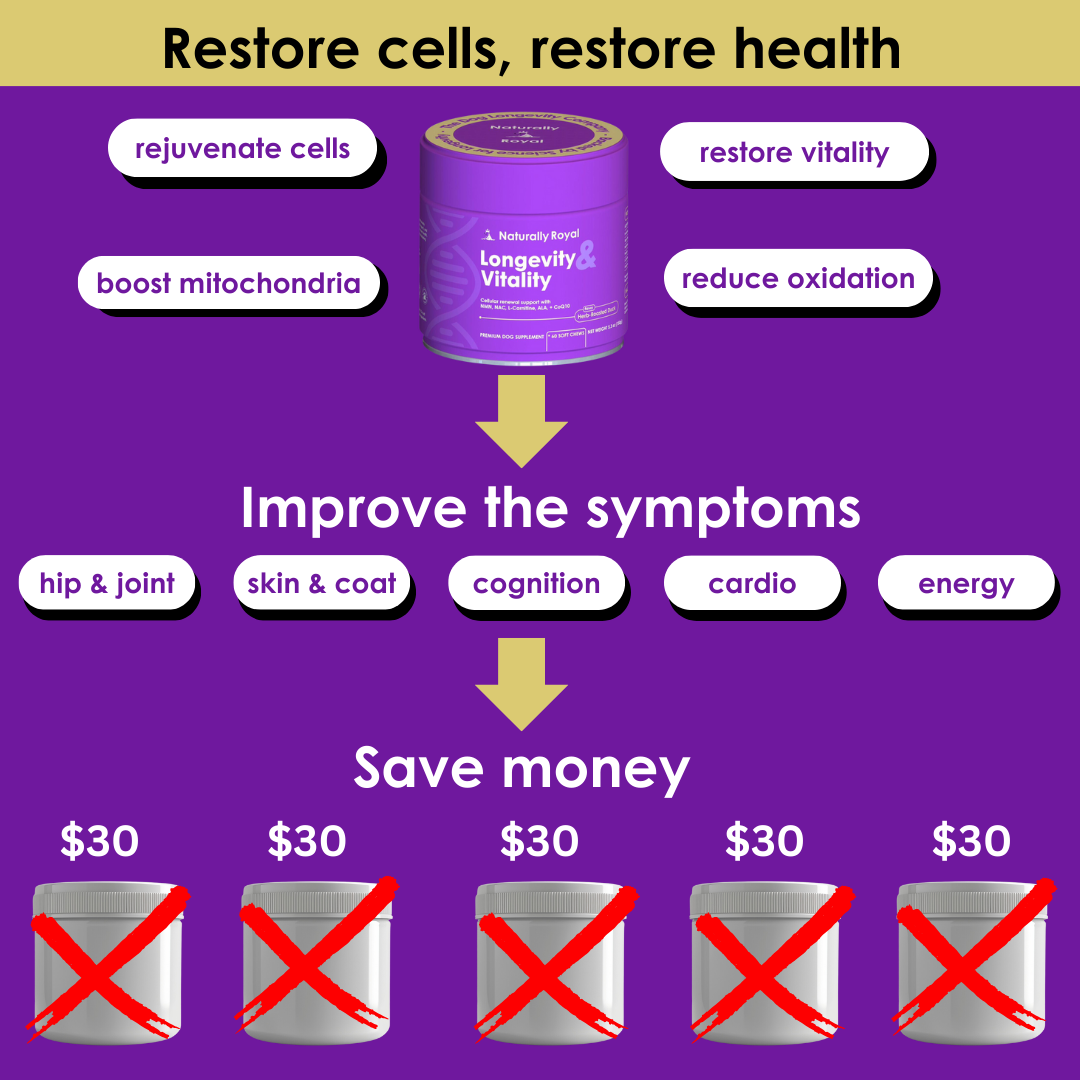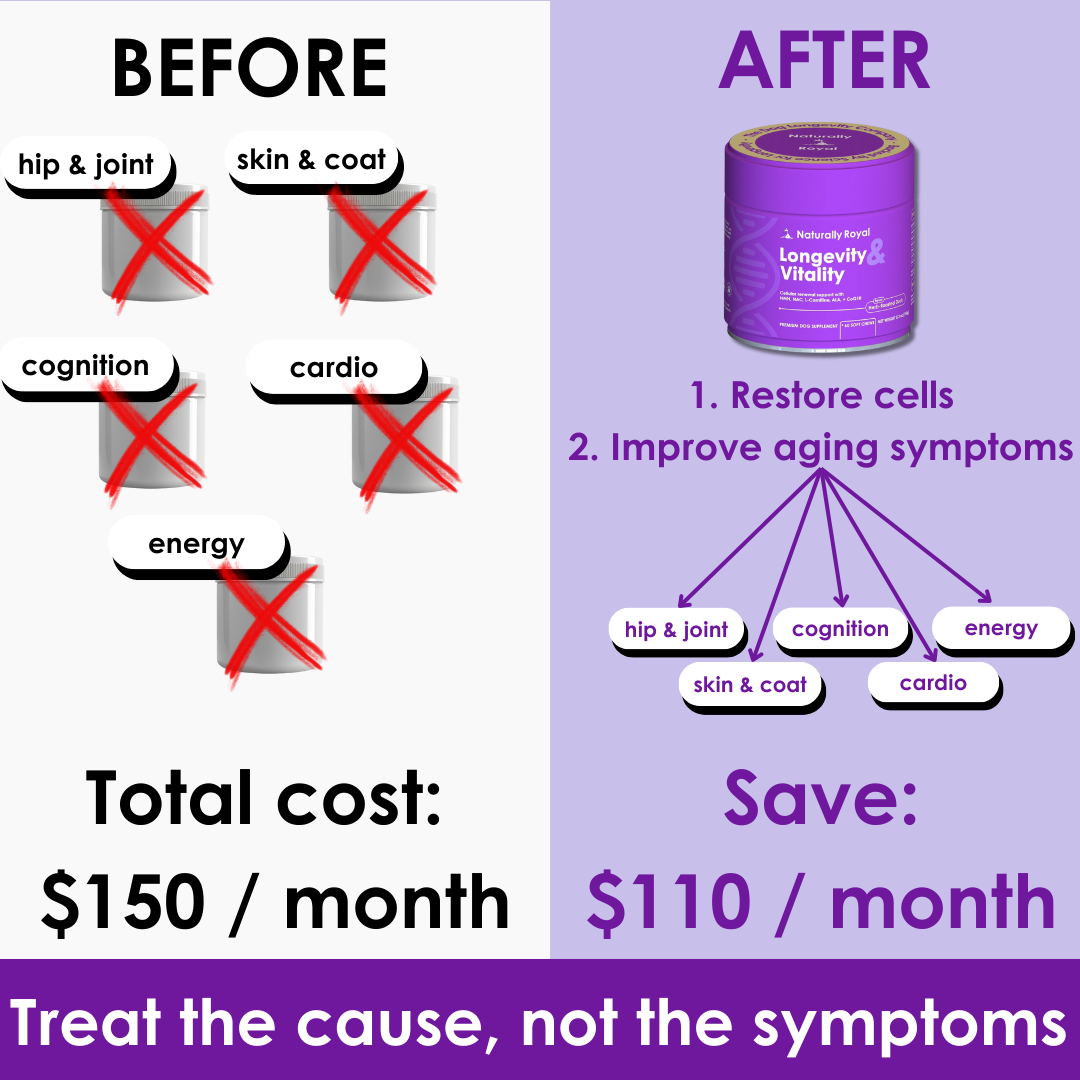Spring Longevity Considerations for Your Dog
As we embrace the spring (in most places), it's an exciting time for us and our dogs. Spring brings longer days, warmer weather, and the promise of outdoor adventures. However, it also introduces specific considerations that dog parents should be mindful of to ensure the best possible care. Here's what you need to know about springtime care for your dog:
1. Allergies
Seasonal Allergies: Just like humans, dogs can suffer from seasonal allergies. Pollen, grass, and mold can trigger allergic reactions, leading to symptoms like itching, sneezing, and watery eyes.
Preventive Measures:
-
Regular Baths: Help remove allergens from your dog's skin and coat with frequent baths during high pollen counts.
-
Paw Cleaning: Wipe your dog’s paws after walks to remove allergens.
-
Allergy Treatment: Consult your vet about appropriate allergy medications if your dog shows severe symptoms.
2. Parasite Prevention
Ticks and Fleas: With the warmth of spring, ticks and fleas become more active. These parasites can transmit diseases and cause discomfort.
Preventive Measures:
-
Regular Checks: Examine your dog's skin and coat for ticks and fleas after outdoor activities.
-
Preventive Treatments: Use vet-recommended flea and tick preventatives to keep these parasites at bay.
-
Tick Removal: If you find a tick on your dog, remove it promptly with tick removal tools or consult your vet for assistance.
3. Heartworm Disease
Spring Showers Bring Mosquitoes: The increase in moisture from spring rains creates ideal breeding grounds for mosquitoes, which can transmit heartworm disease to dogs.
Preventive Measures:
-
Heartworm Prevention: Administer heartworm preventive medication as recommended by your veterinarian.
-
Reduce Mosquito Exposure: Try to limit outdoor activities during peak mosquito hours, such as dusk and dawn.
4. Outdoor Safety
Increased Outdoor Activity: Spring's pleasant weather encourages more time spent outdoors, but it also means more exposure to potential hazards.
Preventive Measures:
-
Leash Safety: Keep your dog on a leash in unfamiliar or unsafe areas to prevent them from wandering off or ingesting harmful substances.
-
Hydration and Shade: Always bring water for your dog and provide access to shade during outdoor activities to prevent overheating.
5. Spring Cleaning Safety
Household Hazards: Spring cleaning is a common tradition, but many cleaning products can be toxic to dogs if ingested.
Preventive Measures:
-
Safe Storage: Keep cleaning products, especially those containing bleach or ammonia, out of reach.
-
Natural Cleaners: Consider using pet-safe, natural cleaning alternatives.
-
Ventilation: Ensure good ventilation when using strong-smelling products to prevent respiratory irritation.
By addressing these key areas, you can help your dog navigate the challenges of spring while maximizing their health and longevity. Proactive care and preventive measures are the best ways to ensure that you and your dog enjoy all the beauty and excitement that spring has to offer.


